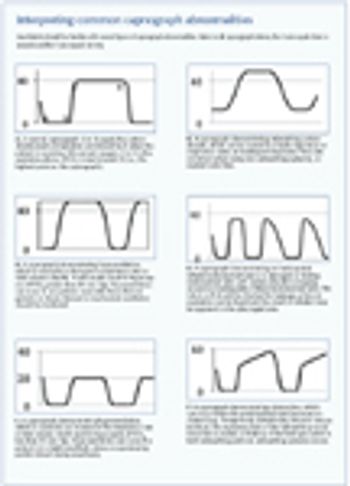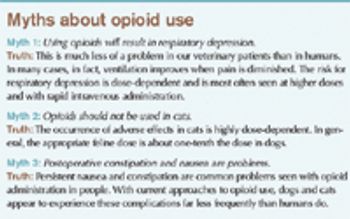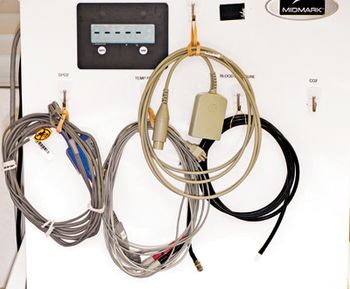
Client education handout to help team members educate pet owners about modifications they can make to improve their painful pet's quality of life.

Client education handout to help team members educate pet owners about modifications they can make to improve their painful pet's quality of life.

Details behind racehorse controversy exposed.

Dr. Jenifer Newton shares her checklist-download it here.

Pet owners don't want their animals to hurt. But when you tell veterinary clients their pets are suffering, your words might also cause pain. Here's how to lessen the hurt and help pets and clients feel better.

Balancing the well-being of a veterinary practice against a longtime employee's deception creates an ethical dilemma for one practice owner.

Past behavior plays important role in manifestation of pain-related aggression.

Dr. Gregory Grauer weighs in on whether NSAIDs can be used in dogs with liver or kidney disease.

Dr. Timothy Fan answers this reader query about controlling cancer pain.

Dr. Dawn Boothe discusses whether meloxicam can be used safely in cats long-term and whether gabapentin has a role.

Understanding and interpreting data from a multi-parameter monitor is paramount to a successful anesthetic experience in veterinary practice. Consider this advice to understand these vital values and explore what to do when you encounter abnormalities.

My clients are afraid of anesthesia. How can I explain the risks and importance?

Dr. Mark Epstein looks at what can result in this maladaptive pain state in veterinary patients.

Grow your knowledge along with your value to the clinic and patients.

Veterinary dentist Dr. Brett Beckman shows you how to perform four different nerve block techniques that affect different areas of the oral cavity.

Try these quick and easy pain management techniques for oral surgery.

Here's what to do when the veterinarian at your clinic doesn't believe in pain management.

A wider population of patients may be affected than previously thought.

The guidelines emphasize the delivery of safe and effective anesthesia and perianesthetic pain management.

Ophthalmic proparacaine can help with this sensitive procedure.

AAHA offers new guidelines for anesthesizing dogs and cats.

Dr. Mark Epstein explains why these pain control mediciations remain an excellent option in many cases.

Tips and tricks to ensure you don't ruin this essential, expensive equipment.

Becoming a certified veterinary acupuncturist is a long and involved process, but it can recap big rewards for your patients and your practice.

Dr. Victoria Lukasik busts a myth and offers a tip on how to subdue a fractious cat.

Endoscopy is the process of looking inside the body by inserting a rigid or flexible tube into the body and examining an image of the interior of an organ or cavity. An additional instrument may be inserted in order to biopsy tissue or retrieve foreign objects.